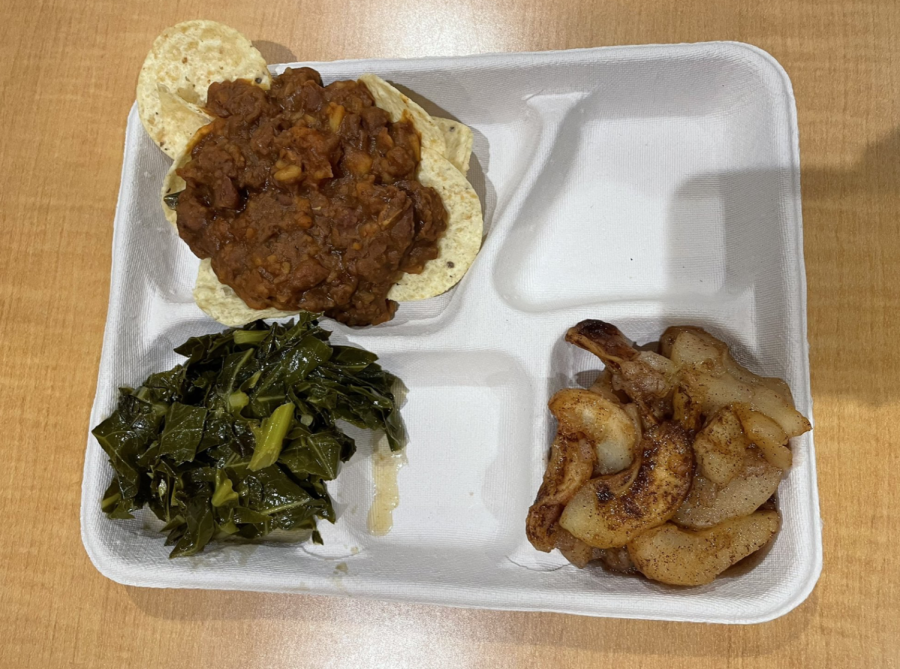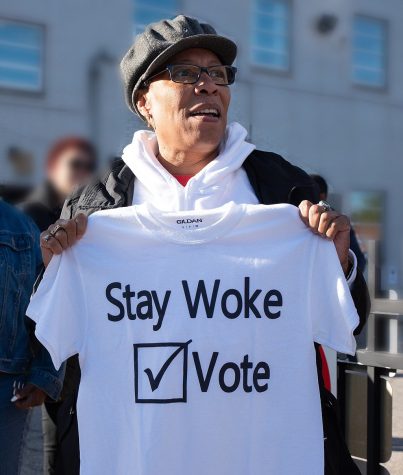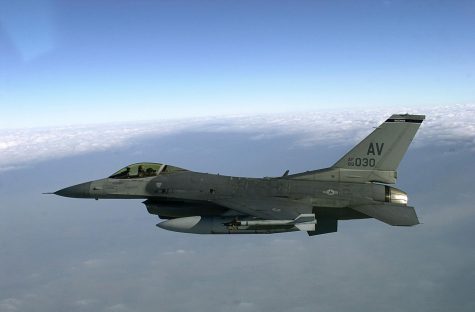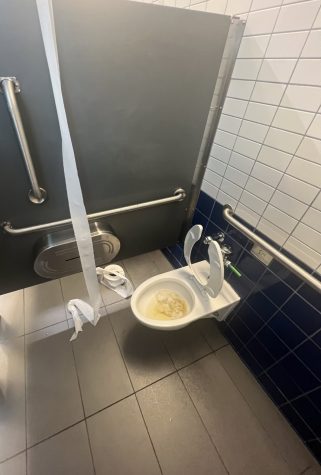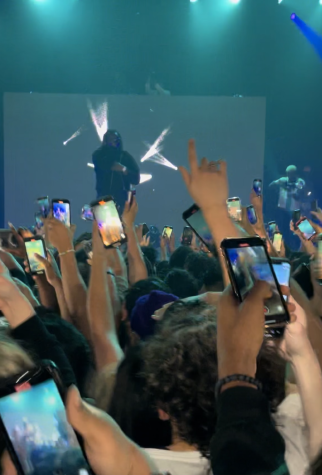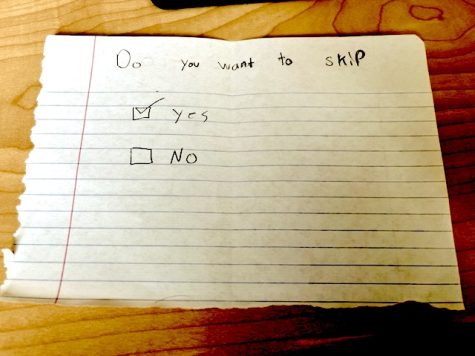Uneaten school lunches cannot be called healthful – or “smart”
Lunch at Stuart-Hobson MS, snapped by DC Councilmember Charles Allen who was briefly interested in the quality of DCPS food back in March.
May 25, 2023
School food has gone from something to look forward to after classes, to becoming almost untouched.
Because of requirements set by law, school food is limited in the options it can serve, and creating more meal options isn’t always a problem solver either. The ‘’Smart Snacks’’ law states that “a food item must meet a general standard: Be a whole grain-rich product, reduced fat.” The entrees must be 350 calories or less, and snacks 200 calories.
The average person burns about 1800 calories per-day WITHOUT exercise, and the recommended calorie intake per day is around 1500-2000, so why must lunch servings be so small? These “priorities” of being/looking healthy means basically sacrifice everything else.
The food also just doesn’t look appetizing. At all. Kids, or people in general, are interested in things they like, are familiar with, and simply look good, but most of the times school food just looks dull, or muted.
As soon as school is over, students who didn’t eat school lunch, and there are a lot who say they do not, will typically eat the first snack that passes before them. Chips, quick homemade sandwiches, something from the ice cream truck parked right outside.
You could say that school lunches before the 2010’s when the “smart” law was passed were more unhealthy and that these new changes are welcome. Having healthier food for students to eat during lunch sounds way better than them eating something filled with terrible ingredients.
But the problem with that is healthy food needs to equal good food, and that is not happening. It’s even hard to understand how food that tastes bad is actually healthy. You would think that healthy food would taste good. Yes, some foods might be amazing for your body, but when it comes to food, wWould you eat something that tastes bad? Something you don’t enjoy?
Some easy solutions would first be allow students to order food and also to bring their own food, meaning to have a place where students can order food and pick it up if they didn’t pack it with them, or more places to heat up food so the pre-existing microwave lines won’t be so so long. That way, students can choose to eat what they want and can have more options to pick from, including the lunch from school (if they so choose).
Another solution could be to serve better foods that work within the limits of this law, like maybe pancakes, or waffles.
